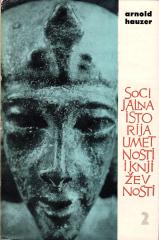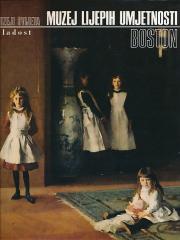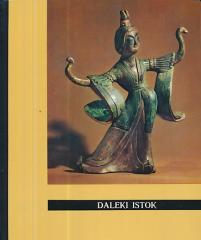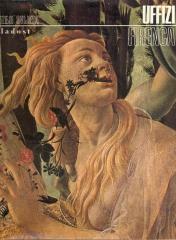
Socijalna istorija umetnosti i književnosti I-II
First published in 1951 Arnold Hausers commanding work presents an account of the development and meaning of art from its origins in the Stone Age through to the Film Age.
Arnold Hauser's Social History of Art and Literature provides an in-depth analysis of the development of art and literature through the prism of social and economic circumstances. The book is a pioneering attempt to establish a sociological approach to art history, in which the author does not view works of art in isolation, but in the context of social classes, ideology, and production relations.
Hauser traces the development of art from prehistory to modern times, emphasizing how changes in style and expression coincide with changes in social structures. For example, Gothic is associated with the feudal world and church authority, while the Renaissance reflects the values of the urban bourgeoisie and humanism. Baroque corresponds to absolutist ideology, and realism and impressionism express bourgeois self-confidence and a subjective view of the world.
The book also explores how changes in the technique and production of art (e.g. printing) are reflected in the form and content of artistic expression. Hauser does not idealize art, but sees it as a reflection and instrument of social relations.
The work is complex but extremely influential, and provides a foundation for understanding the connection between culture and society throughout history.
Knjiga se sastoji od dva toma.
Jedan višetomni primerak je u ponudi.

- Leichte Beschädigung der Abdeckung

- Leichte Beschädigung der Abdeckung





